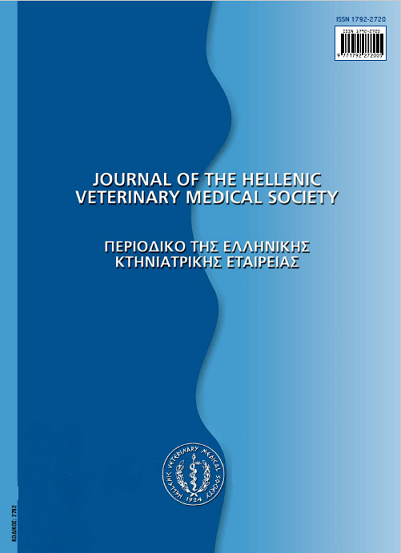The mouse and the rat in surgical research. The anesthetic approach

Abstract
The mouse and the rat are currently overwhelmingly preferred as laboratory animals. Surgical research on animals requires anesthesia and analgesia to obtain adequate immobility and to reduce stress and pain. Small rodent anesthesia is challenging for several reasons including the animals’ size, metabolic rate, high risk of hypothermia and difficulty in monitoring. The purpose of this study is to create an overview of the information in the anesthetic practices for small rodents, in particular mice and rats.
Article Details
- How to Cite
-
CHANIOTAKIS, I., SPYRLIADIS, A., KATSIMPOULAS, M., & KOSTOMITSOPOULOS, N. (2018). The mouse and the rat in surgical research. The anesthetic approach. Journal of the Hellenic Veterinary Medical Society, 67(3), 147–162. https://doi.org/10.12681/jhvms.15633
- Issue
- Vol. 67 No. 3 (2016)
- Section
- Review Articles

This work is licensed under a Creative Commons Attribution-NonCommercial 4.0 International License.
Authors who publish with this journal agree to the following terms:
· Authors retain copyright and grant the journal right of first publication with the work simultaneously licensed under a Creative Commons Attribution Non-Commercial License that allows others to share the work with an acknowledgement of the work's authorship and initial publication in this journal.
· Authors are able to enter into separate, additional contractual arrangements for the non-exclusive distribution of the journal's published version of the work (e.g. post it to an institutional repository or publish it in a book), with an acknowledgement of its initial publication in this journal.
· Authors are permitted and encouraged to post their work online (preferably in institutional repositories or on their website) prior to and during the submission process, as it can lead to productive exchanges, as well as earlier and greater citation of published work.


